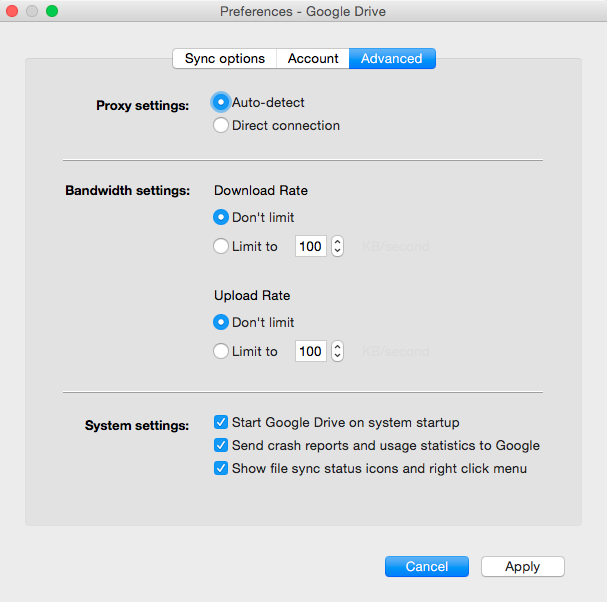I'm running Android Lollipop on my Nexus 5 and I must say that this is a great Android release, the best Android experience on a mobile device. Many reported performance issues and various bugs, so Lollipop still has a way to go until it's properly optimized.
Google has recently updated the
Android platform distribution numbers and it's interesting to notice that Lollipop still doesn't show up, 2 months after its release. Google doesn't display Android "versions with less than 0.1% distribution", so it's obvious that less than 0.1% of the Android devices run Lollipop.
Back in June, Google reported that the number of active Android users was
1 billion, while in May 2013, the number of Android devices that were activated was
900 million. It's hard to estimate the number of Android devices that run Google Play Store (this excludes Amazon devices and Android devices from China), but assuming that the number is still around 1 billion, this means that less than 1 million Android devices run Lollipop.
In
January 2014, Android stats looked different: KitKat's market share was 1.4%, 2 months after its release. "KitKat, which was positioned at 1.1% last month, has eked out an additional 0.3% to reach 1.4%,"
reported Android Police back then.
So why is Lollipop's market share growing so slowly?
* The Lollipop launch devices (Nexus 6 and Nexus 9) were more expensive, more difficult to find and reviews weren't that great. I've checked Google's Play Store US site and Nexus 6 is still out of stock. Google no longer offers an affordable tablet (Nexus 7), while Nexus 6 is not a phone for everyone: many people think it's too big.
* A lot of users reported issues after updating to Android 5.0 and some of them downgraded their devices to KitKat. Other users no longer updated their devices, after reading all the news articles about Lollipop issues.
* Google didn't push Lollipop to all Nexus devices. I have a Nexus 2012 WiFi and there's no Lollipop OTA update in the settings.
* Some Nexus and Google Play Edition devices started to get the Lollipop update late. Galaxy S4 GPE
was the last to get Android 5.0.
Despite all of these issues, Lollipop is available for a lot of devices: Nexus 4, Nexus 5, Nexus 6, Nexus 7 (2012), Nexus 7 (2013), Nexus 9, Nexus 10, Galaxy S4 GPE, Moto G GPE, One M7 GPE, One M8 GPE, Sony Z Ultra GPE, LG GPad 8.3 GPE (GPE = Google Play Edition). No other Android release was available for so many devices in the first 2 months. Some Android manufacturers already started to release Lollipop updates for phones like
Moto X (2014), LG G3 and
Samsung Galaxy S5. HTC promised to update HTC One M7 and M8
this month.
With so many popular devices getting updates, Lollipop's market share will grow much faster in the coming months.

















































